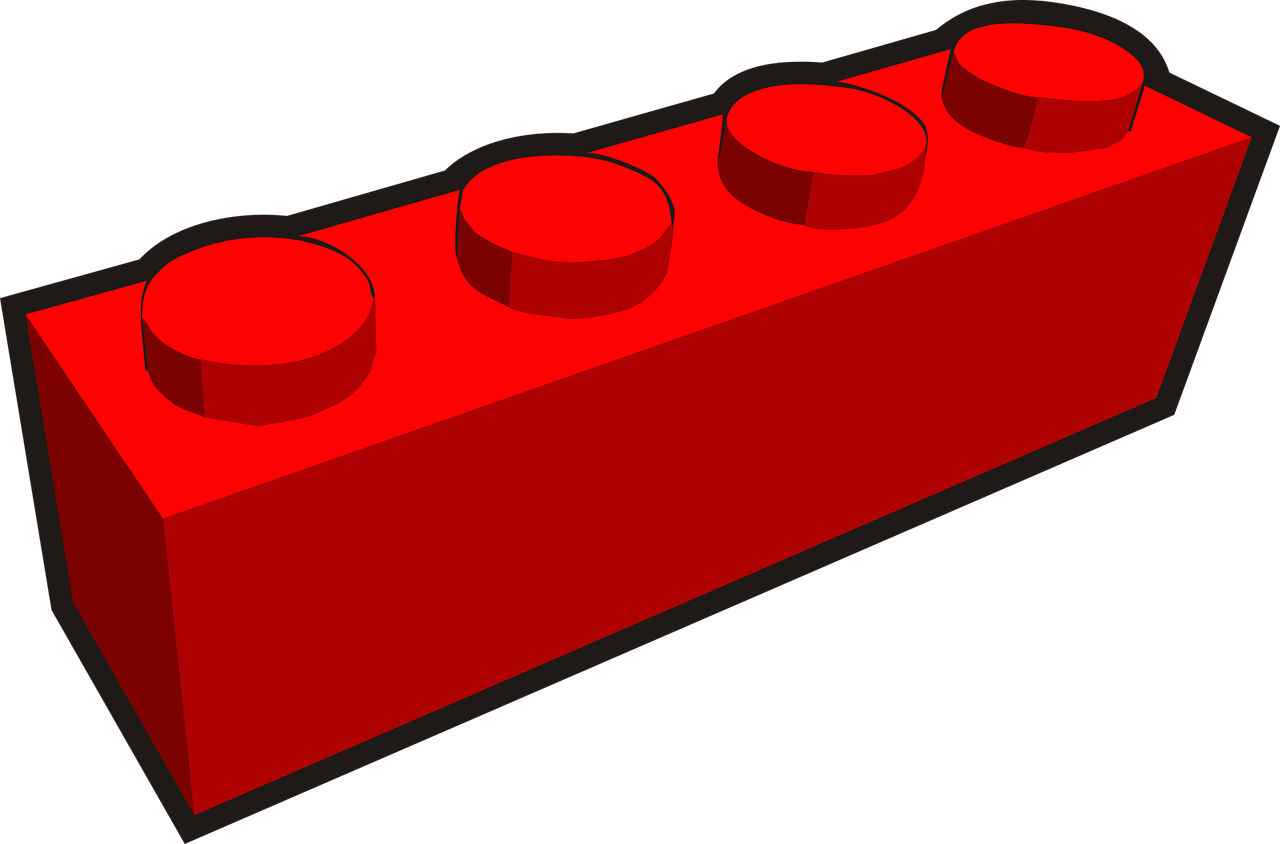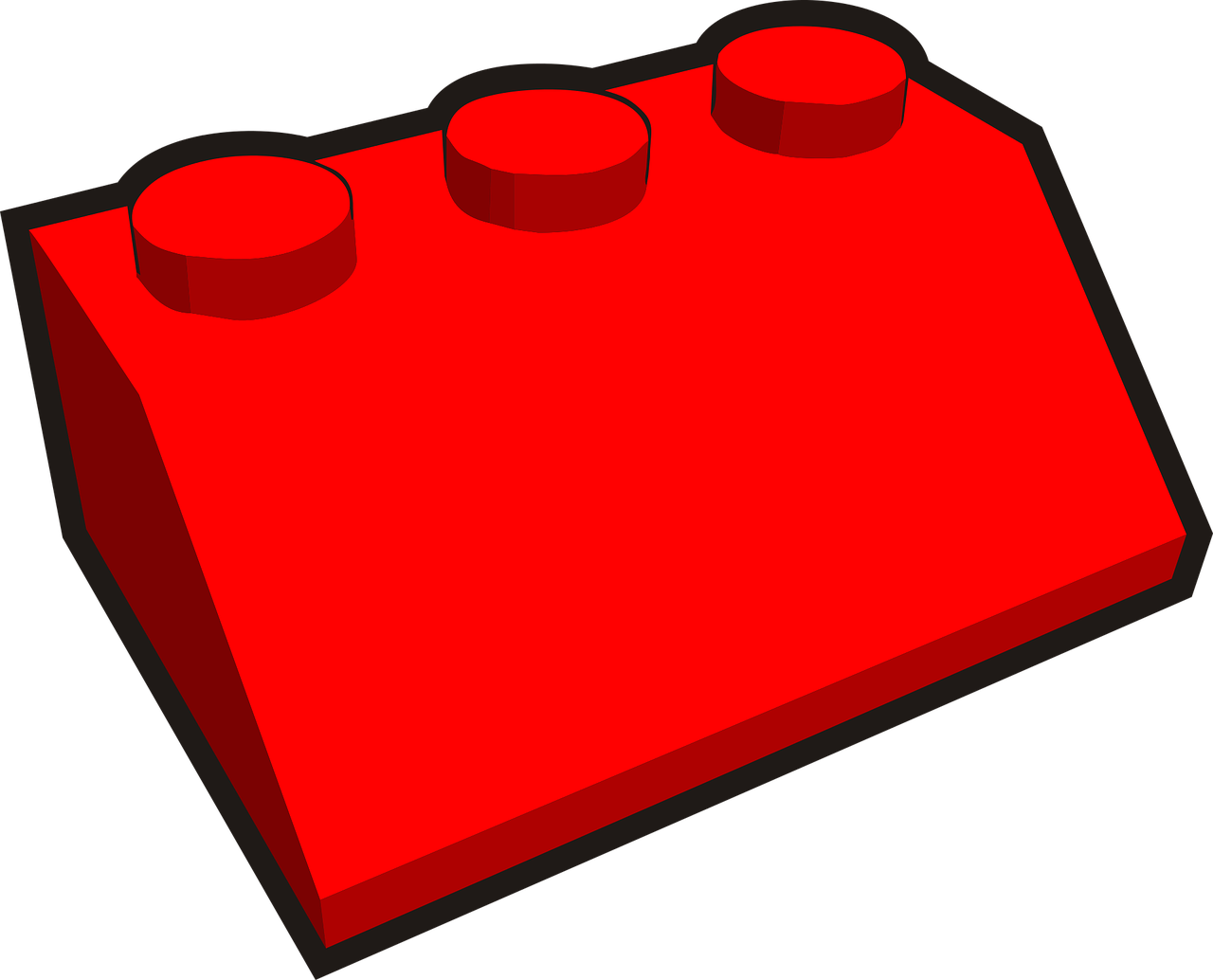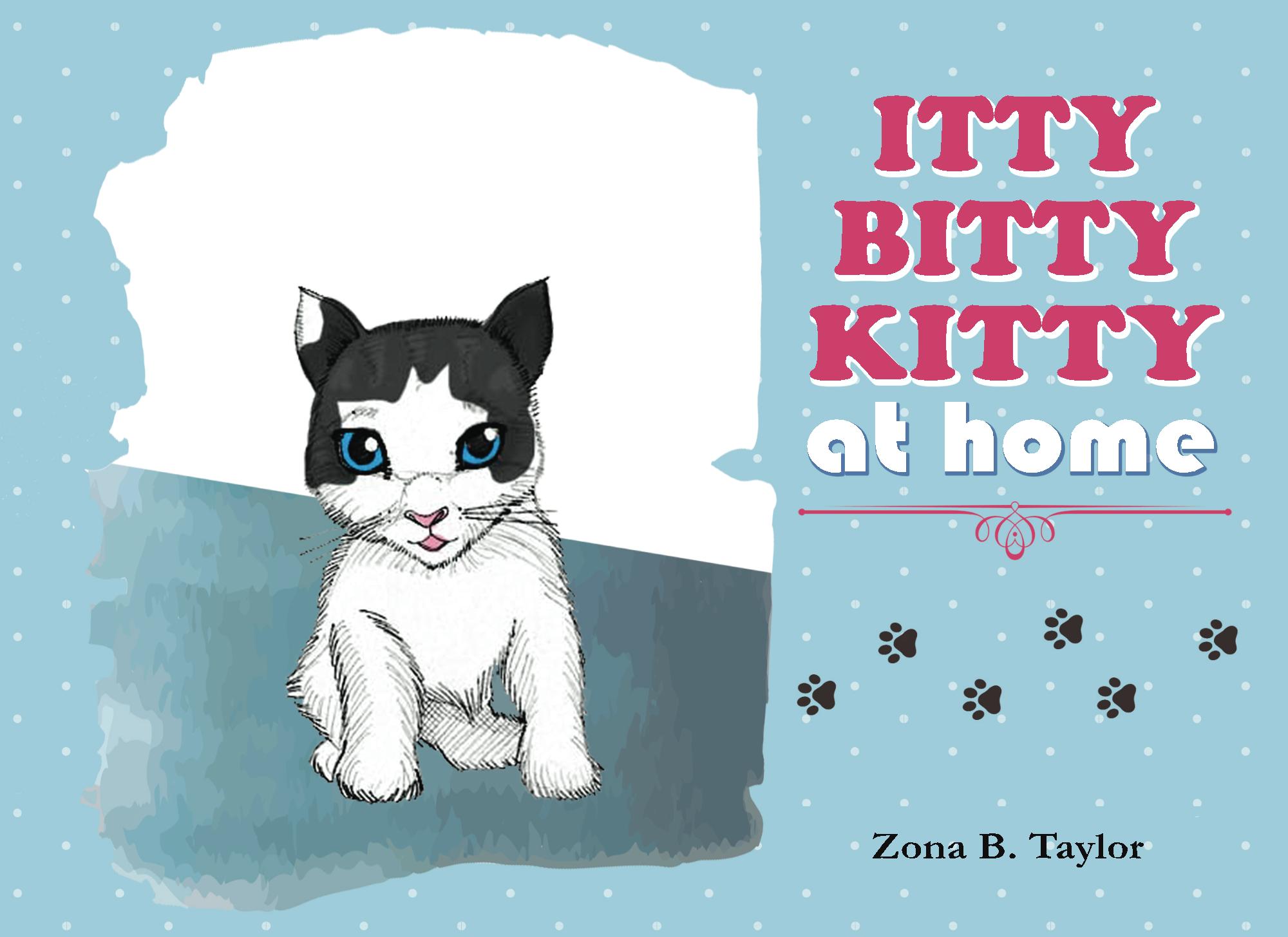In this article, we'll walk through the eight essential building blocks your student needs to master reading and spelling. I'll share fun tips and tools to make it engaging for young learners. With your help, your student can gain the confidence and building blocks to excel in literacy. Let's get started!

Building Block #1: Know the Alphabet
Start with the basics - the alphabet. Most kids can recite it, but make sure your student understands that the 26 letters represent 46 sounds. Go beyond memorization by singing songs, using alphabet charts, and playing with letter blocks. Knowing the difference between consonants and vowels is vital, too. Games and puzzles can help your student confidently use the letters and know what sounds they represent.

Building Block #2: Understand Phonics
Phonics teaches the relationship between letters and sounds. While the alphabet has only 26 letters, there are about 46 sounds or “phonemes.” Help your student connect letters to sounds through games like sounding out simple words. Use dots, colors, or blocks to represent phonemes. The more visuals the better! Flashcards are a great way to teach phonics!

Building Block #3: Break Words into Syllables
Syllable awareness builds reading fluency. Clap, tap, or count on your fingers to break words into syllables.
Helpful Hint: Every syllable has one vowel sound.
Example: “Ambulance” is am-bu-lance with three syllables.

Building Block #4: Master Sight Words
Some words are so common that kids need to instantly recognize them. Focus on the top 100 words first, like “the” “and” and “but.” Flashcards, Word Dot-to-Dot puzzles, Word Mazes, and repetition will lock them in. Sight words make up a huge chunk of reading material.


Building Block #5: Learn Vowel Sounds
English vowels are tricky, with both short and long sounds. Use memory aids like symbols, keywords, and colors to tell them apart. For instance, long a sounds like “ape,” and short a like “cat.” Keep practicing vowel sounds through word games and spelling lists. The student can sort Flash Cards into long vowel sounds and short vowel sounds for the same letter.


Building Block #6: Know Spelling Rules and Blended Letter Sounds
Spelling rules and patterns will make more sense as your student learns to decode words. Teach common long vowel rules like silent E in “cake.” Highlight letter combos like SH making the “sh” sound. Mastering rules will make spelling more intuitive.


Building Block #7: Recognize Letter Patterns
Spotting letter blends like “str” or prefixes like “un” helps kids read unfamiliar words. Use word family lists and activities to find patterns. The more exposure, the better!

Building Block #8: Speed Reading
Fluency is key for comprehension. Have your student do repeated readings of the same passage for five days, timing their speed. As they become more familiar, they will read faster and more accurately. Tracking words with a finger can also help with focus.
With consistent practice of these eight essential building blocks, your student will be on their way to spelling and reading success! Learning tools like Word Maze puzzles and Word Dot-To-Dot make the process more engaging. Most importantly, keep it fun - celebrate each milestone and enjoy supporting your student's literacy journey. You've got this!

